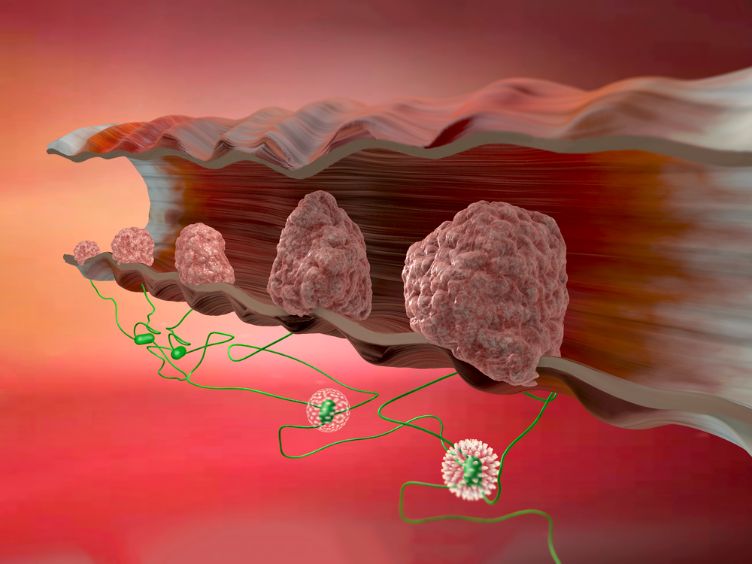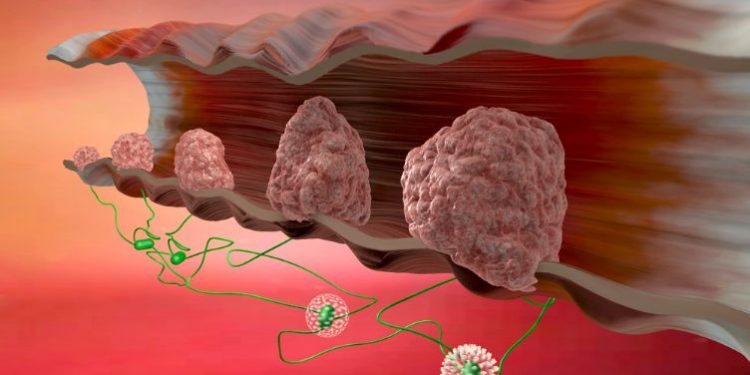Congenital dyserythropoietic anemia (CDA) is a rare inherited disorder characterized by the ineffective erythropoiesis of red blood cells. Depending on the severity of the disorder, the symptoms vary. They can include fatigue, weakness, pale skin, and jaundice. If left untreated, the anemia can affect the liver, heart, and spleen. The disease can be treated with a bone marrow transplant, blood transfusions, or surgery to remove the spleen. However, some patients do not experience any symptoms.
The exact causes of CDA are unknown, but scientists have identified six genes that are related to the condition. Researchers believe that there may be more genes involved in CDA. Although the cause of this anemia is not known, it can be detected by testing the iron levels of a person’s blood. Some people with CDA need a stem cell transplant to treat the condition. Others may need to have their gallbladder removed.
As with any inherited disorder, there are risks associated with having the disease. It is important to be diagnosed as early as possible, to prevent long-term organ damage. Once diagnosed, patients need to be monitored for any reoccurring problems. There are also treatments for the condition, such as blood transfusions, surgery to remove the spleen, and medications.
Most individuals affected by the condition have a large liver and spleen. In addition, they have high levels of serum bilirubin, which is the main cause of the yellow tint of their skin. Other complications may include cirrhosis of the liver, heart failure, and diabetes. Symptoms of this condition can appear at any age, but they are most likely to occur during childhood and adolescence.

There are several types of congenital anemia, including hemoglobinopathies, thalassemias, hereditary sideroblastic anemias, and pathological hemoglobins. In many cases, a person with these conditions is only diagnosed after undergoing testing for other conditions. These tests can narrow down the possibilities and can help doctors identify the genetic cause of the condition. Eventually, researchers can use molecular testing to find the genetic defect that causes the anemia. This can then guide the treatment plan.
While there are different types of CDA, they are all characterized by defects in the genetic code. Depending on the type of anemia, there is a higher risk of a person developing liver, heart, and spleen problems. For example, hemolytic anemia can cause abnormal heart rhythms. Hemochromatosis can also cause these complications.
A person with CDA may be diagnosed by performing a bone marrow aspirate. Light and electron microscopy of the bone marrow can reveal erythrocyte membrane proteins. Additionally, a person with this condition may be found to have immature erythroblasts that have extra nuclei. These abnormal erythroblasts cannot form mature red blood cells. Ultimately, these abnormal cells cause anemia.
There is a registry that helps scientists learn more about CDA. Through the registry, scientists can study the diseases and develop more effective treatment strategies. Having a registry is beneficial for those with the disease, as they can track the progress of their condition.











